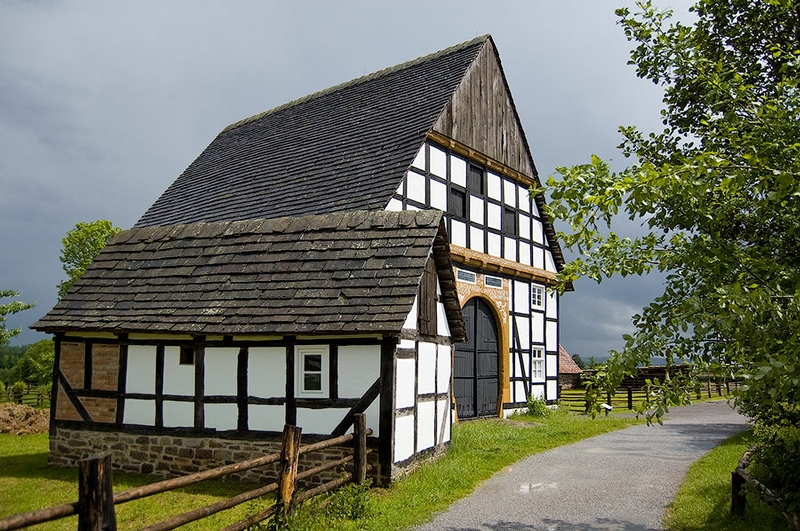
The small German city of Detmold has a wonderful place to visit - Freilichtmuseum, the museum under the open sky. Let's visit it and see everything with our own eyes.
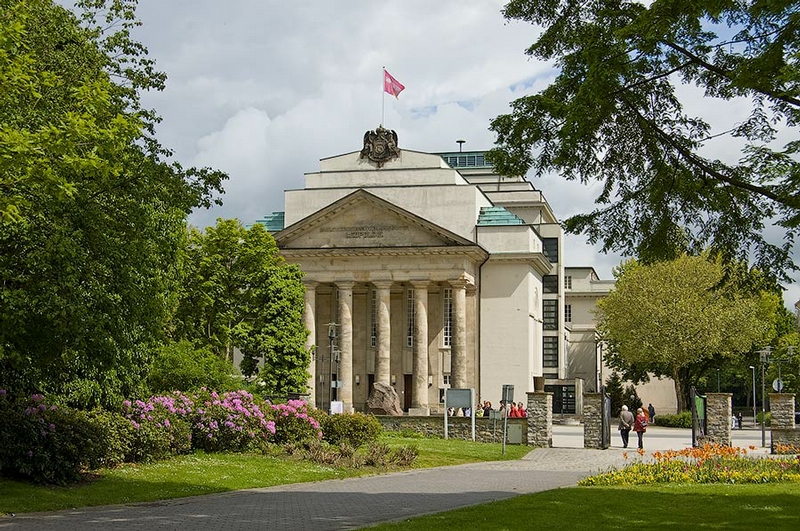
As any respectable place in Germany, Detmold has its own website where tourists can find a lot of helpful information. The old city center with a theater and a park are really worth seeing.
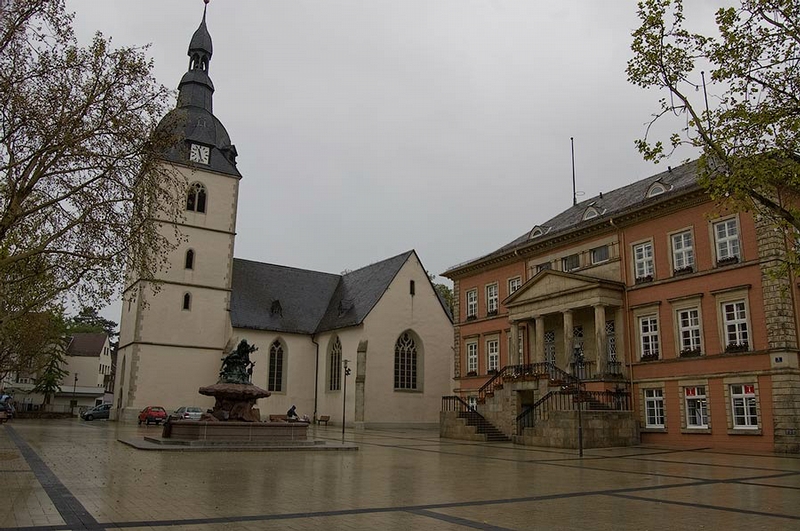
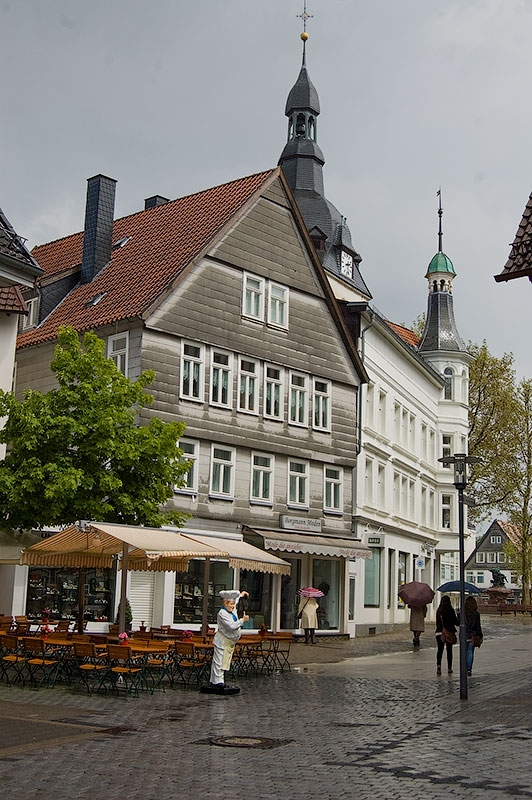

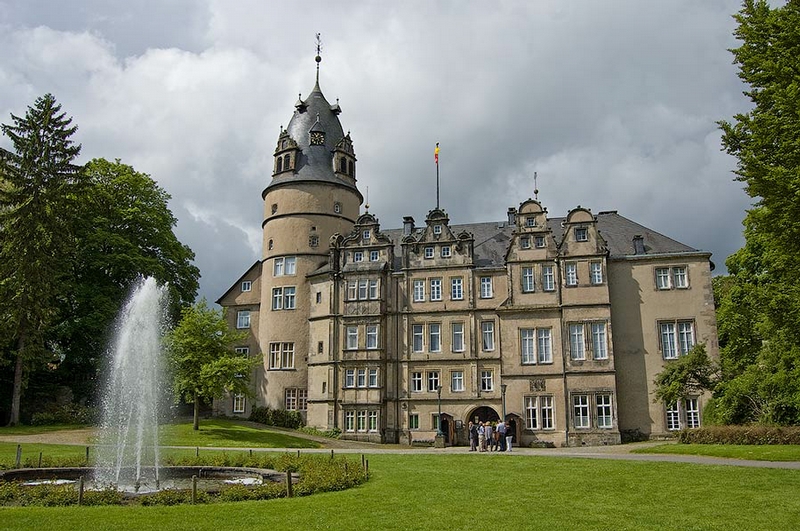
But the main attraction of Detmold is a beautiful castle, Furstliches Residenzschloss Detmold. The entrance price is 4 euros.
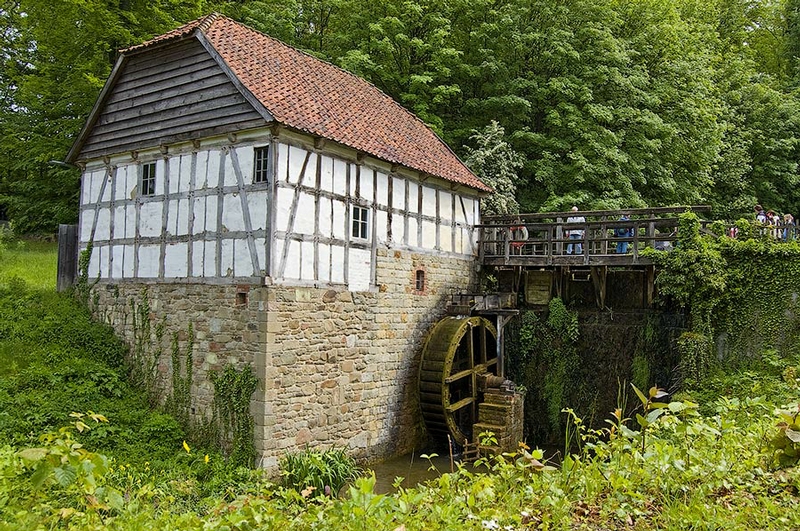
Now let's move directly to the museum. To be more precise it's called the Westphalia Municipal Museum of Study of Folklore / Ethnolinguistics. It's located on the outskirts of the city but to go there on foot from the center isn't difficult at all. It'll take you no more than 15-20 minutes. The admission costs 5 euros (for adults). Hours of service and other useful information can be found on the official site. There you can also download the plan of the museum.
The first thing that visitors can see by the entrance is a watermill.
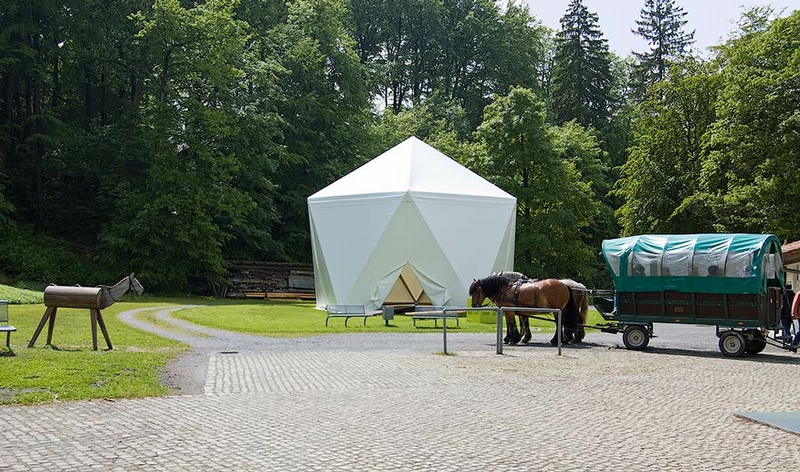
Not far from which a team of horses is "parked". Any tourist can hire a carriage and plunge into the atmosphere of the past - with all that squeak of wheels, smell of manure and swearing of a cabman.
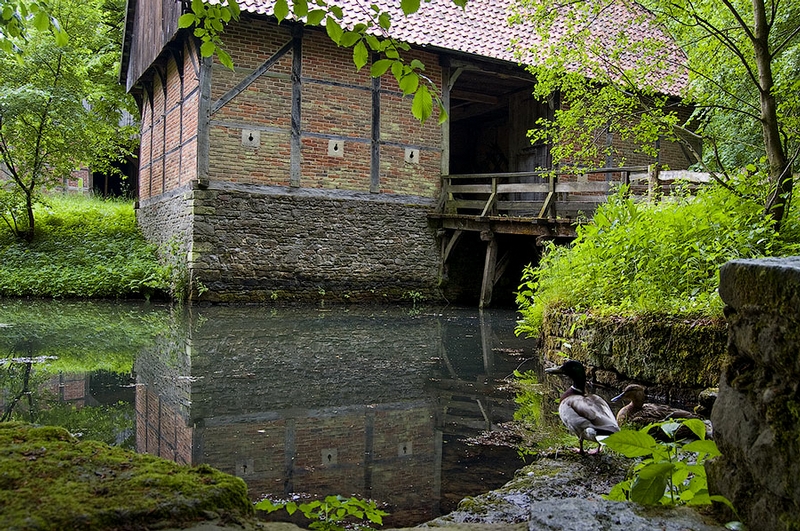
Paderborner Dorf, a village with houses and utensils typical for this district. However, a part of it is presented by the brick houses not very typical for Germany.

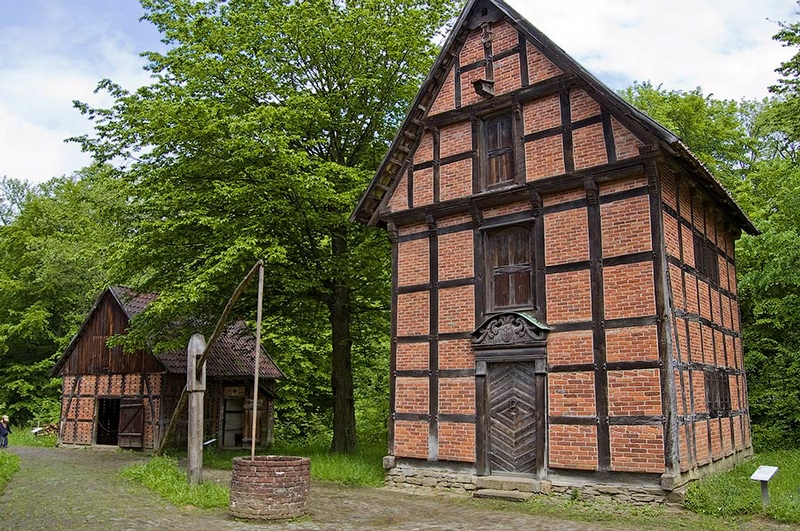

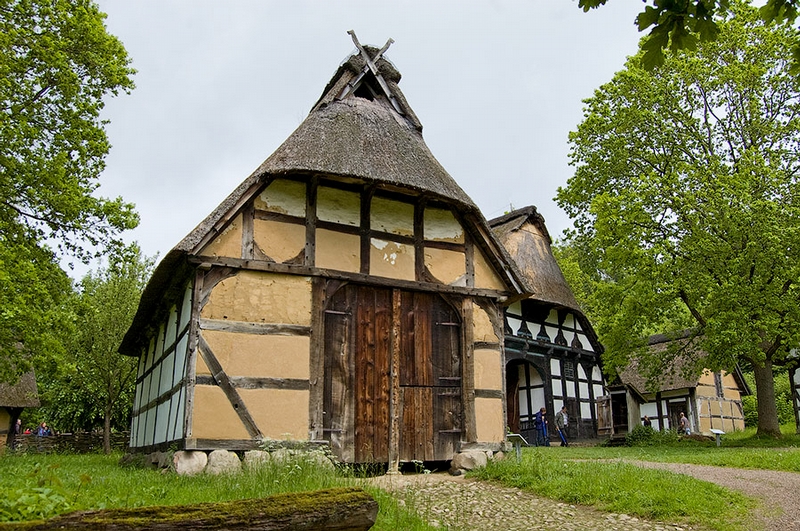
Another part is presented by classical fackverk.

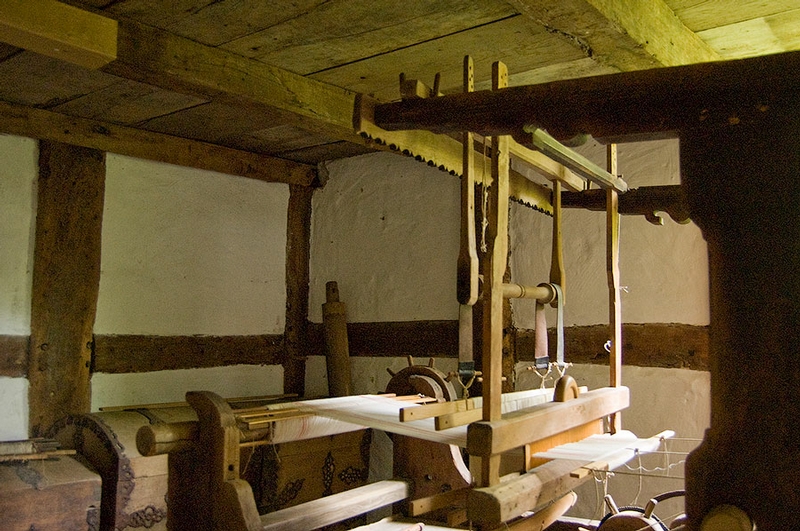
A spinning loom in one of the houses.
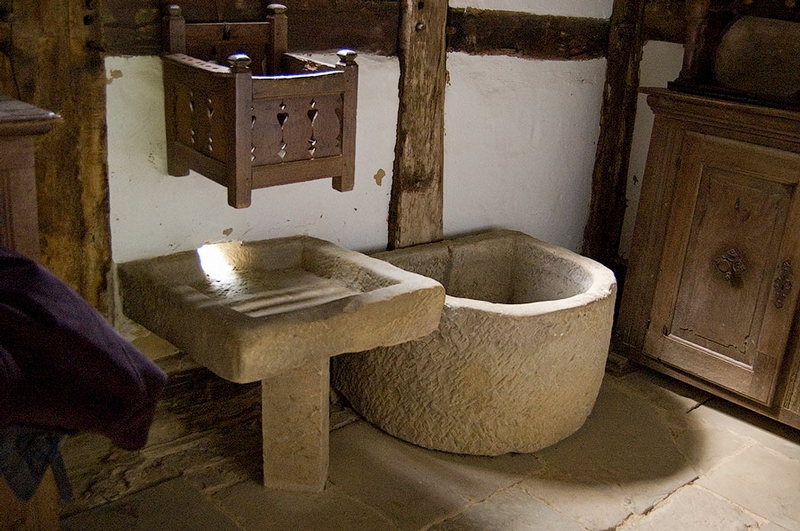
And, attention, a washstand and a hipbath!
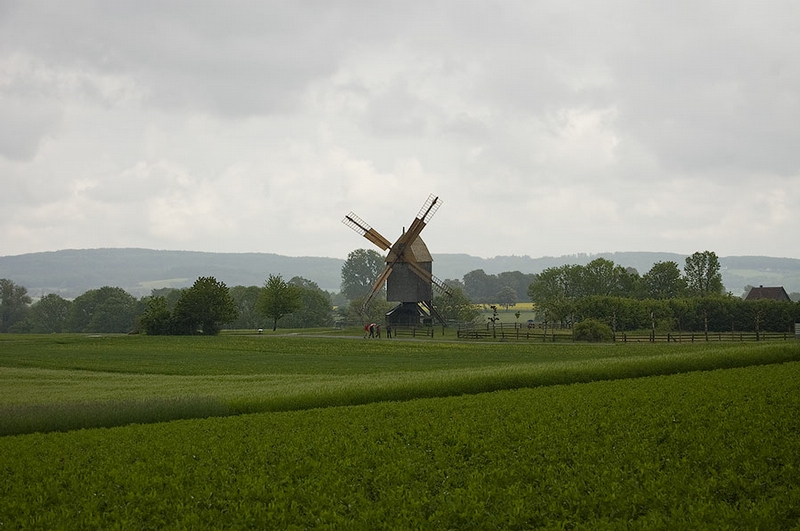
There are two types of windmills: Bockwindmuhle with all the construction turning before the wind.
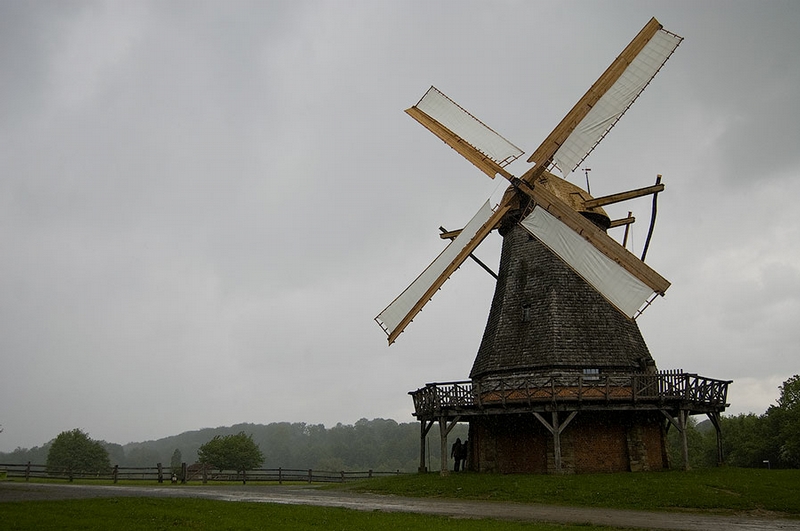
And Kappenwindmuhle with only the top part turning.

Such a construction is more efficient (as the weight of the turning part is smaller) but at the same time more complicated and expensive. The mill is running pretty well. Its flour is used in a local bakery famous for its delicious buns.
Traditional fackverk houses.
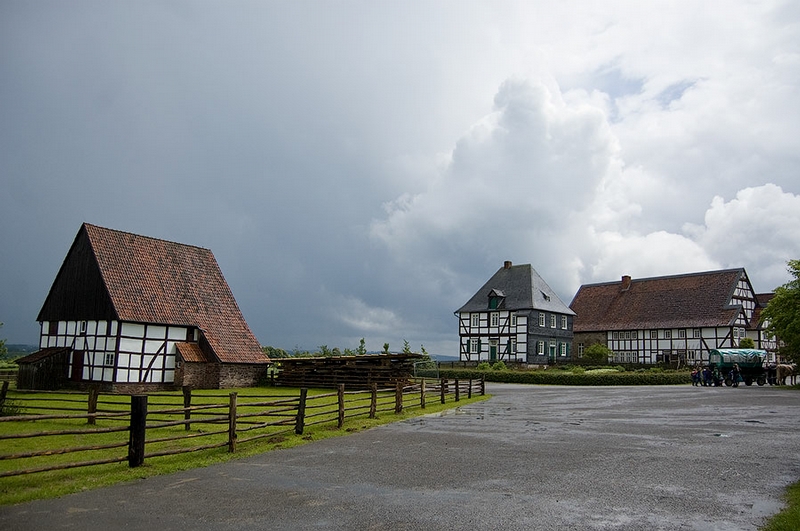
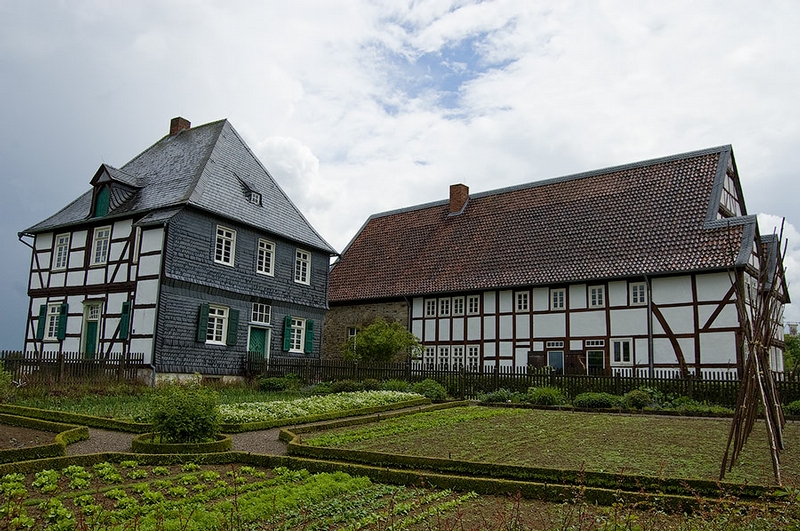
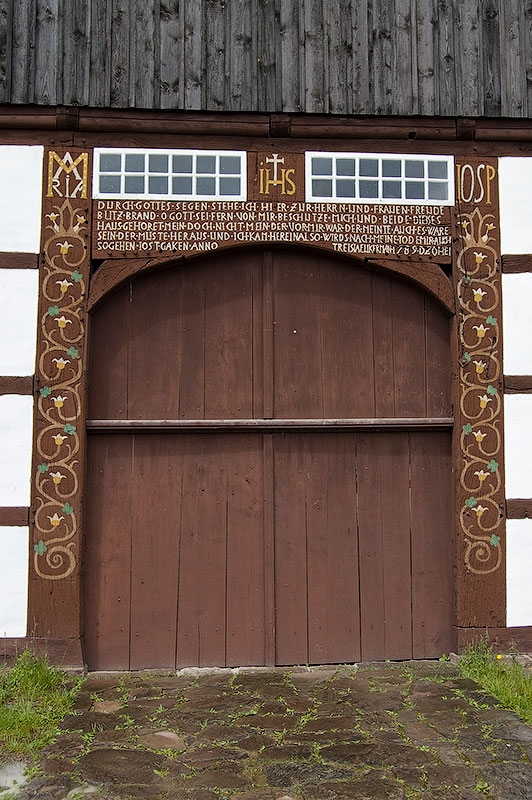
The wooden constructions and the entrance elements of many buildings are decorated with carving and inscriptions.

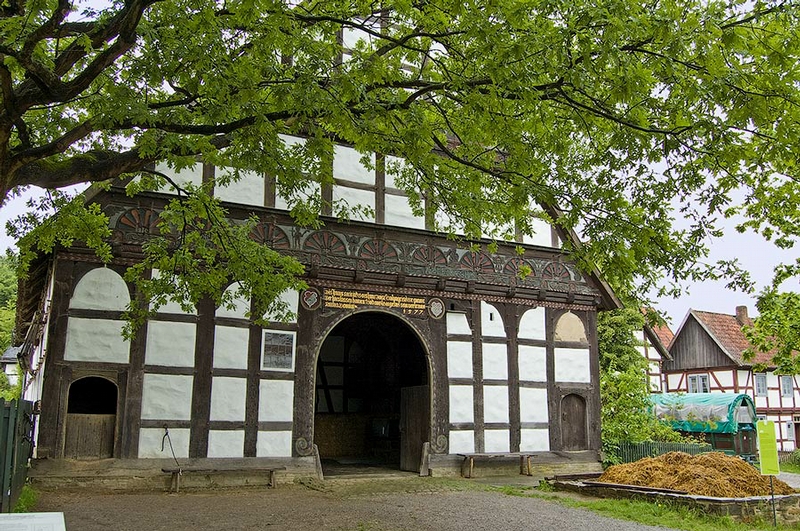
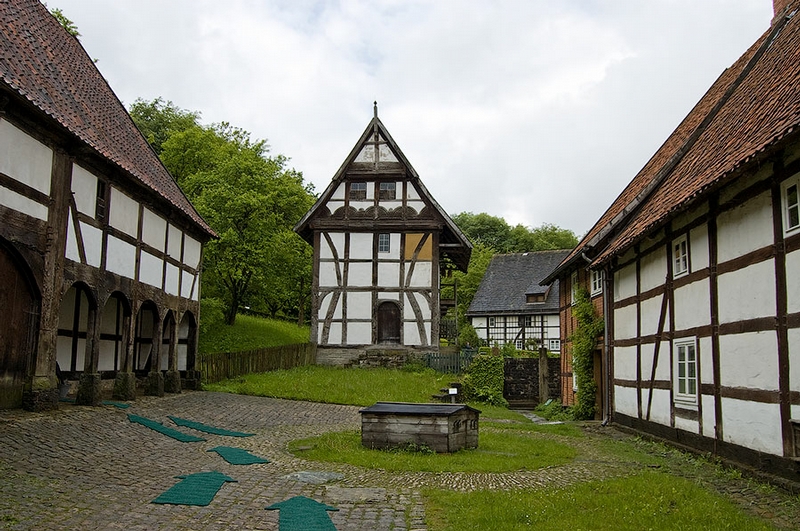
One of the buildings (where green arrows lead) houses the exposition titled "Planet Westfalen 2010". By the way, the Ruhr District was called the cultural capital of Europe in 2010, so many compositions and events are dedicated to this.
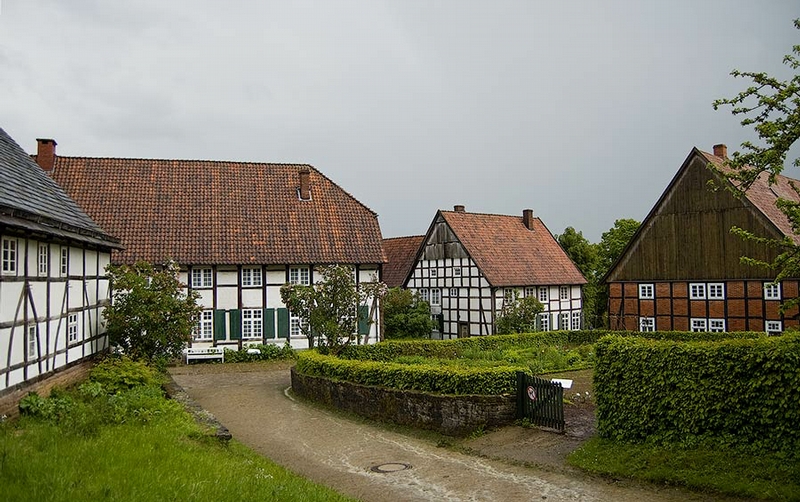
Washed with the rain and cleaned by the employees the German village of the 17th-18th centuries.
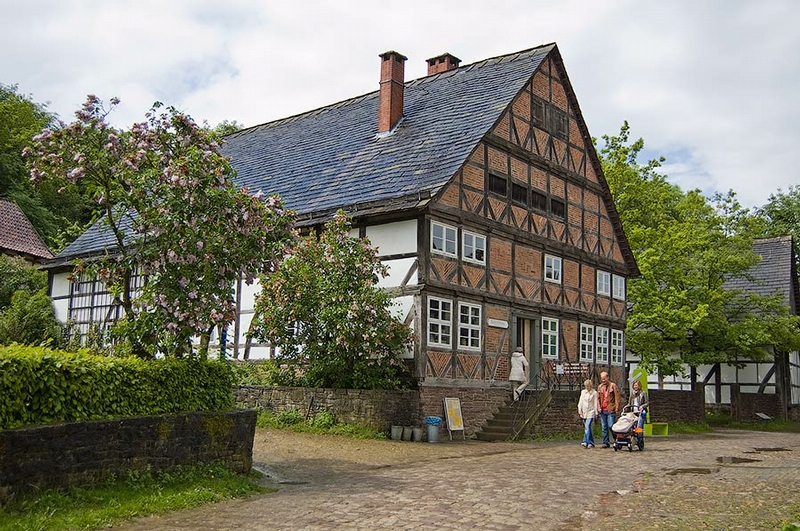
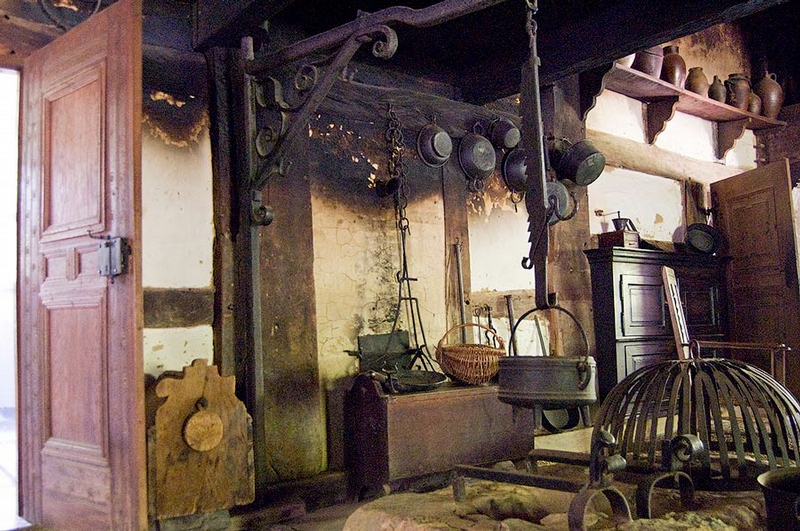
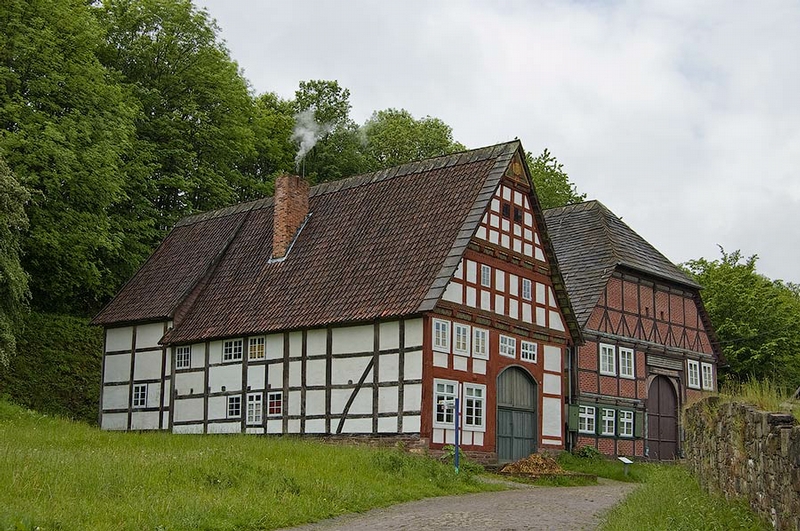
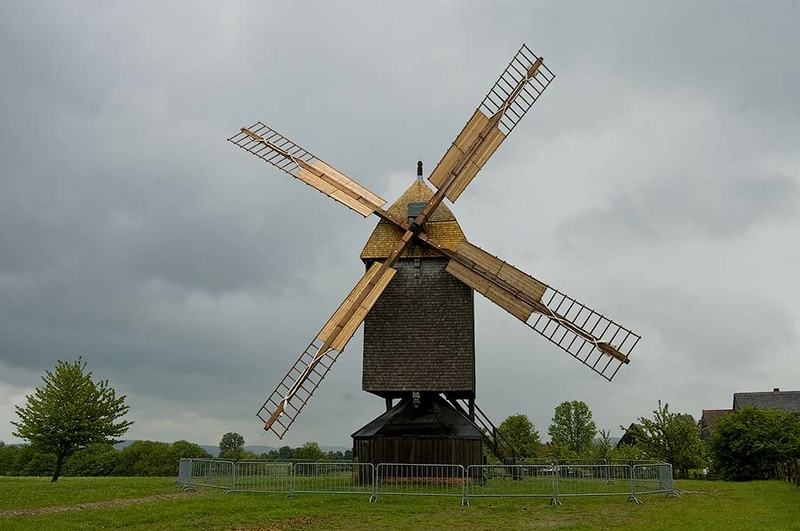
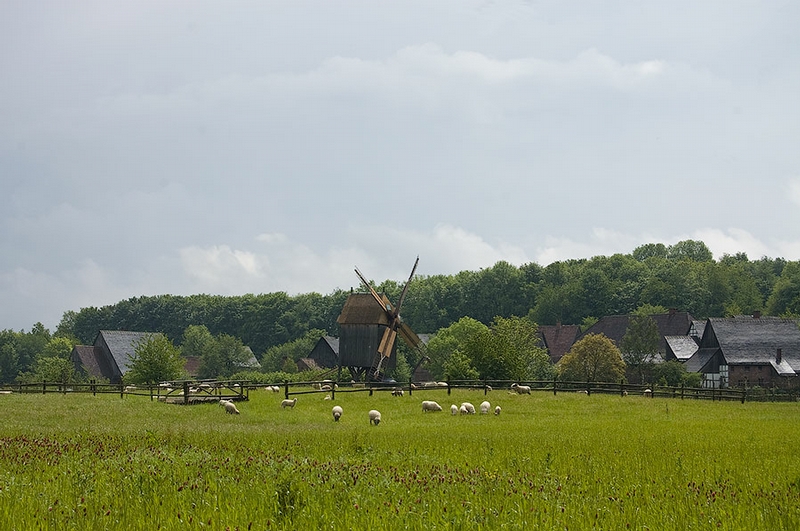
A field, sheep, wooden houses and windmills - it probably looked exactly in this way many years ago.
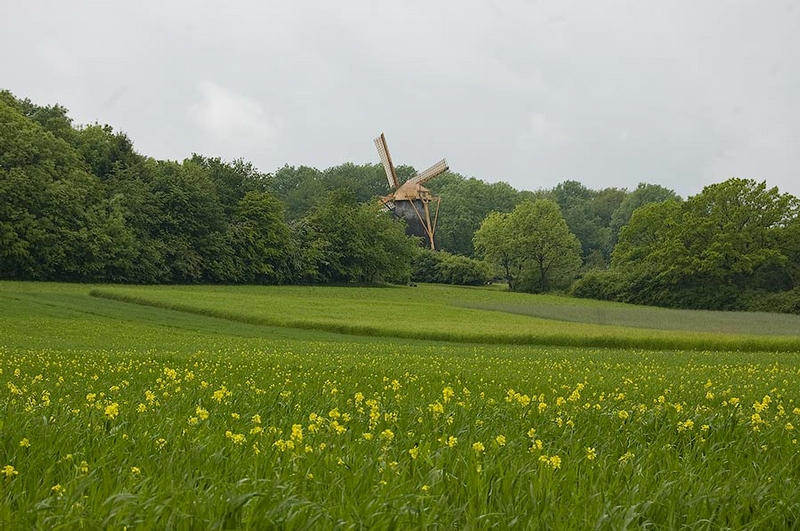
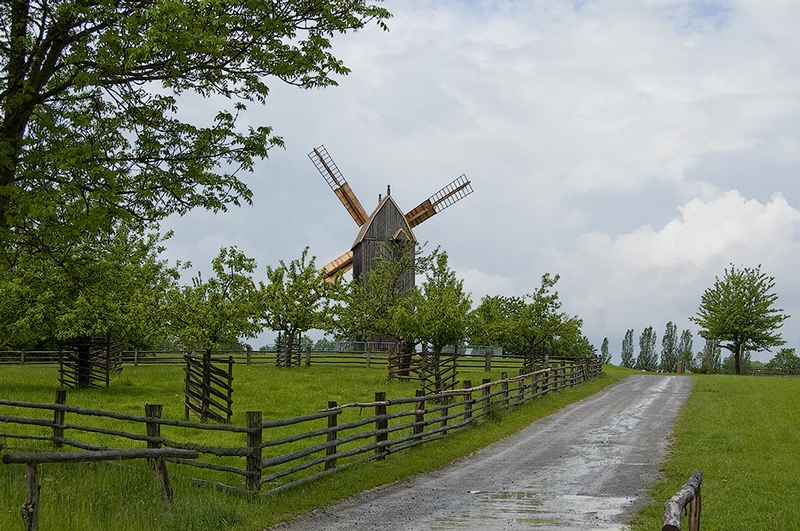
A parting look at the road leading back to the past and move further to the future, to the new impressions and photographs.
Source ; www.wonderaday.com
Aucun commentaire:
Enregistrer un commentaire